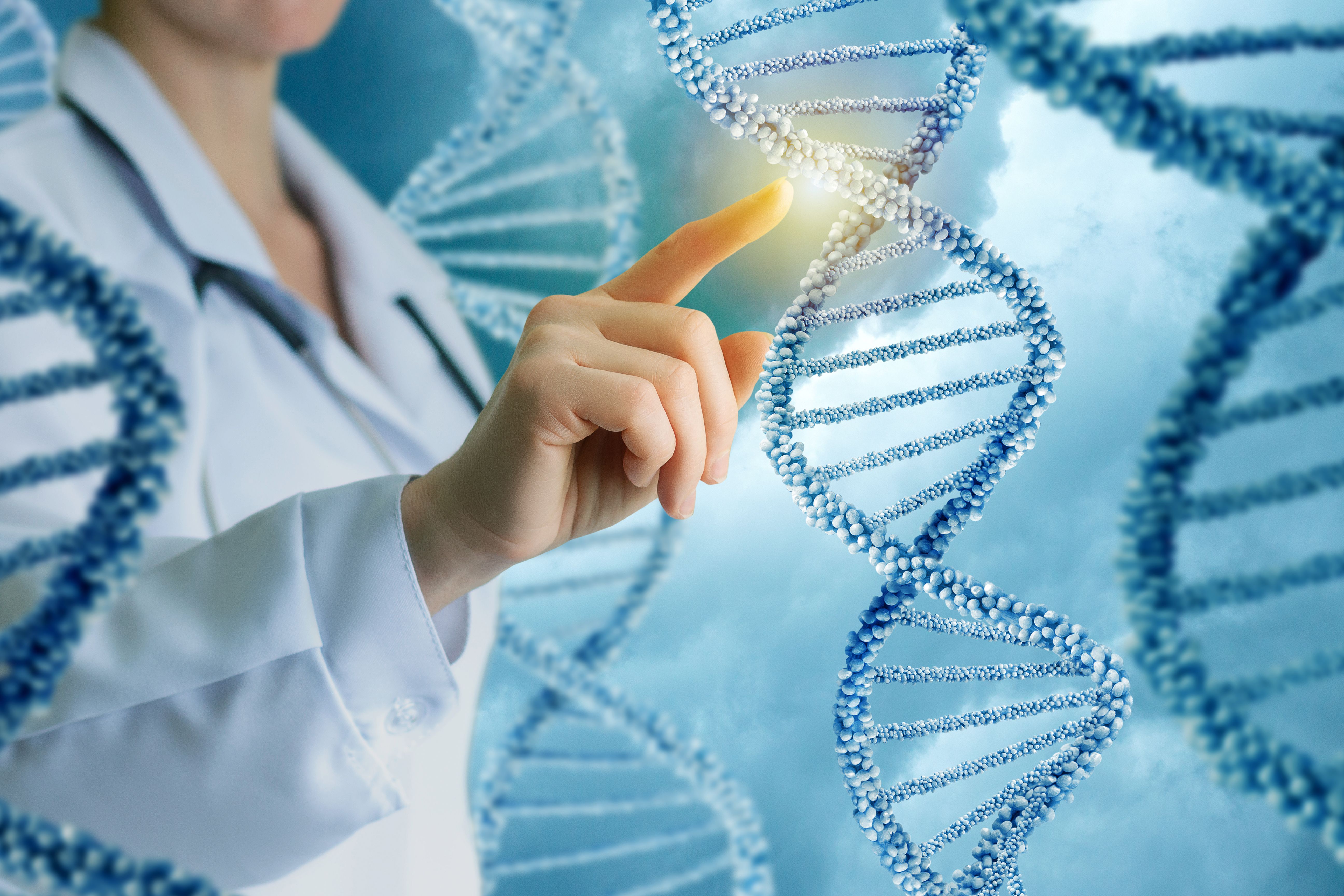
(Vienna, 09 February 2022) Prime editing is an improved variant of the CRISPR/Cas system that can introduce alterations in DNA with exquisite precision. But the method is complex and inefficient. The research group of Joanna Loizou, at the CeMM Research Center for Molecular Medicine of the Austrian Academy of Sciences and the Medical University of Vienna, has now been able to show that the DNA mismatch repair process plays an essential role in prime editing.
Since the discovery of CRISPR/Cas9, also known as molecular scissors, scientists around the world have been working to improve the revolutionary technique for altering DNA that earned Emmanuelle Charpentier and Jennifer Doudna the Nobel Prize in 2020. The method enables deep exploration of the human genome and shows enormous potential for curing genetic diseases. While the precise alterations made by CRISPR/Cas9 were initially less predictable, scientists around the world are now working on further developments that enable precise changes to be made within DNA.
A recent study by the group of Joanna Loizou, CeMM Adjunct Principal Investigator and Group Leader at the Center for Cancer Research at MedUni Vienna, was devoted to understanding how prime editing, a technique that promises greater targeting accuracy and efficiency in introducing DNA changes, can be made more efficient and precise.
Prime editing is a powerful genome engineering tool that allows for replacement, insertions, and deletion of DNA into any given genomic locus. However, to date, the efficiency of prime editing has been highly variable and depends not only on the targeted genomic region but also on the genetic background of the edited cell. Leading authors Joana Ferreira da Silva, CeMM PhD student, and Gonçalo Oliveira from the Center for Cancer Research of the MedUni Vienna, devoted their study to the question of which factors influence the success of prime editing, taking a close look at DNA repair processes.
Since genome editing relies on the intrinsic DNA repair machinery within a cell, it is imperative to know which DNA repair pathways are engaged and how this impacts the outcome of editing. Yet the underlying DNA repair machinery involved in Prime Editing is largely unknown. The study authors explain: "Depending on the type of DNA damage, a cell has different cellular repair mechanisms. To find out which of these are active in prime editing, we performed a targeted genetic screening for DNA repair factors covering all known repair pathways."
Study leader Joanna Loizou adds, "Our results show that the DNA repair pathway, known as mismatch repair, influences prime editing outcomes. This is the pathway that deals with base mismatches in the genome. Depending on the cell line, type, and site of edit we want to make, we can increase the efficiency of prime editing by 2 to 17-fold by eliminating mismatch repair." Specifically, the study showed an accumulation of the proteins MLH1 and MSH2 - proteins involved in the DNA mismatch repair process and each responsible for recognition and removal of the incorrect base - at the site of
genome editing. The results show that the activity of the mismatch repair proteins inhibits the efficiency of prime editing. "By removing the activity of the mismatch repair pathway from a cell, we show that the efficiency of prime editing can be increased, and its accuracy improved," Loizou said. This fundamental understanding will ultimately bring this technology closer to the clinic.
Service: Nature Communications
“Prime editing efficiency and fidelity are enhanced in the absence of mismatch repair“
Ferreira da Silva#, Gonçalo Oliveira#, Emili Augusti Arasa Verge, Chrysanthi Kagiou Amandine Moretton, Gerald Timelthaler, Josef Jiricny, Joanna Loizou;
*shared first authors
DOI: 10.1038/s41467-022-28442